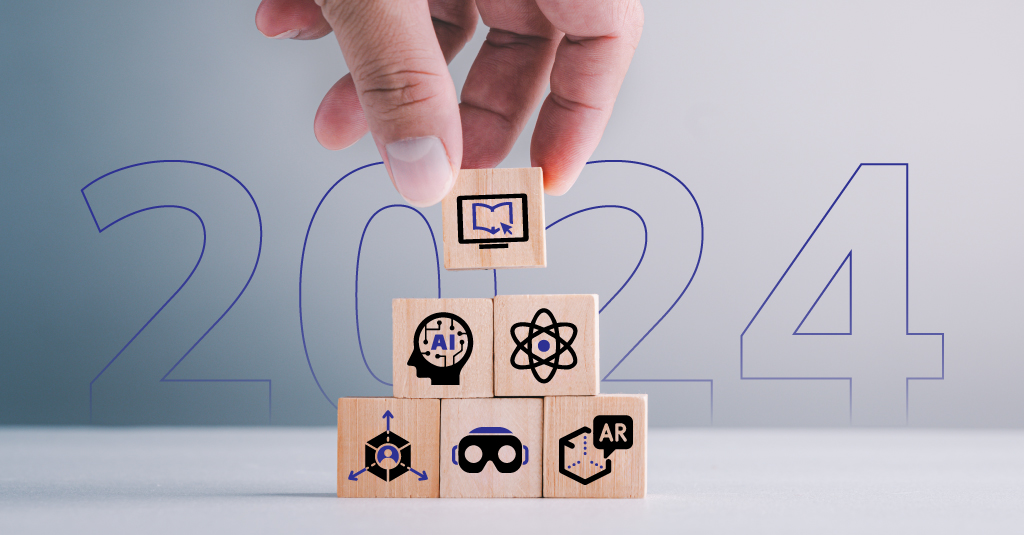Two scientists, Elizabeth and Robert Bjork understood what biologists have known for many years: struggle is a necessary biological prerequisite to acquiring a new skill.
Elizabeth and Robert Bjork, who coined the phrase “desirable difficulties,” write that difficulties are desirable because “they trigger encoding and retrieval processes that support learning, comprehension, and remembering.”
Unlike Vygotsky’s Zone of Proximal Development, which is eerily similar to the concept of Desirable Difficulties, Robert Bjork states that in order to improve fast, the teachers should use and practice retrieval with the methods of spacing, interleaving, generation, etc. individually or in a combination to get the best learning results.
This does make learning an extremely stretched affair, however, with the improved knowledge retention over longer time periods, it’s an efficient strategy compared to its alternative, which is learning in blocks and testing the knowledge.
Now, you may think that in a modern workplace, desirable difficulties is just the usage of various retrieval methods and you’re sorted with your learning design. Well, from whatever I’ve understood, it’s not that easy.
Desirable Difficulties is inherently about slowing down learning, like how we slow down to move fast in business and life. It’s a similar philosophy that we have to employ while designing with desirable difficulties.
Not only do we require clarity about the business and the need for learning, but we also need to understand and experiment with new ways of how learning happens, new scientific ways instead of previously, mutually accepted and agreed upon ways of learning that are barely relevant today.
We also have to fend off the desire to constantly stay in the now – newer technologies have devised a way to keep our attention by feeding us everything that’s happening in the now, without letting us process the events of yesterday. So, limiting half-baked knowledge snacking.
Employing Desirable Difficulties is about walking the thin line of everything between what was and what is, and all of it to improve performance. Well, it’s difficult to implement – and desirable because of its promise of improved performance.
How does it work?
My answer would be – difficultly.
Bjork considers three retrieval practices in spaced, interleaving, and generation to aid desirable difficulties. I will take the liberty here to add a few more in the form of reflection and elaboration to expand on generation along with calibration to adjust the spaced and interleaving.
Learning designers need to use these six techniques – creatively to not just deliver knowledge through a learning event, but also ensure practice over a long period for sustenance of performance.
The closest phenomenon that could explain this would be to think of it like how marketers plan their marketing campaign. They figure out their audiences, build a message funnel to guide their audiences through the various digital experiences, and deliver value to their audience – from top of the funnel – SEO and AdWords to bottom of the funnel – audience purchasing and leaving a nice testimonial. Every stage is meticulously planned and executed and the data that they get from every iteration of funnel usage is utilised to improve the experiences of the audiences.
Different companies have varied marketing funnels to suit their needs. Similarly, different organisations will have varied learning needs and requirements; some may want to improve the skill stack of their entire organisation, some might want to improve their leadership.
There’s no secret sauce with regards to ideal duration or spacing; learning designers will have to experiment and design the campaign experiences from the learning transfer events in the beginning with high feedback to practice interventions with lower feedback towards the end of the campaign, with the six learning tools mentioned above, till the data suggests that certain level of mastery has been attained by the learner in that subject.
It sounds overwhelming – but once put into practice, it may yield special results and that’s the promise that makes it desirable. Maybe, it’s time to experiment by making learning a slow, drawn-out campaign, rather than just making a learning event out of it for better performance.














